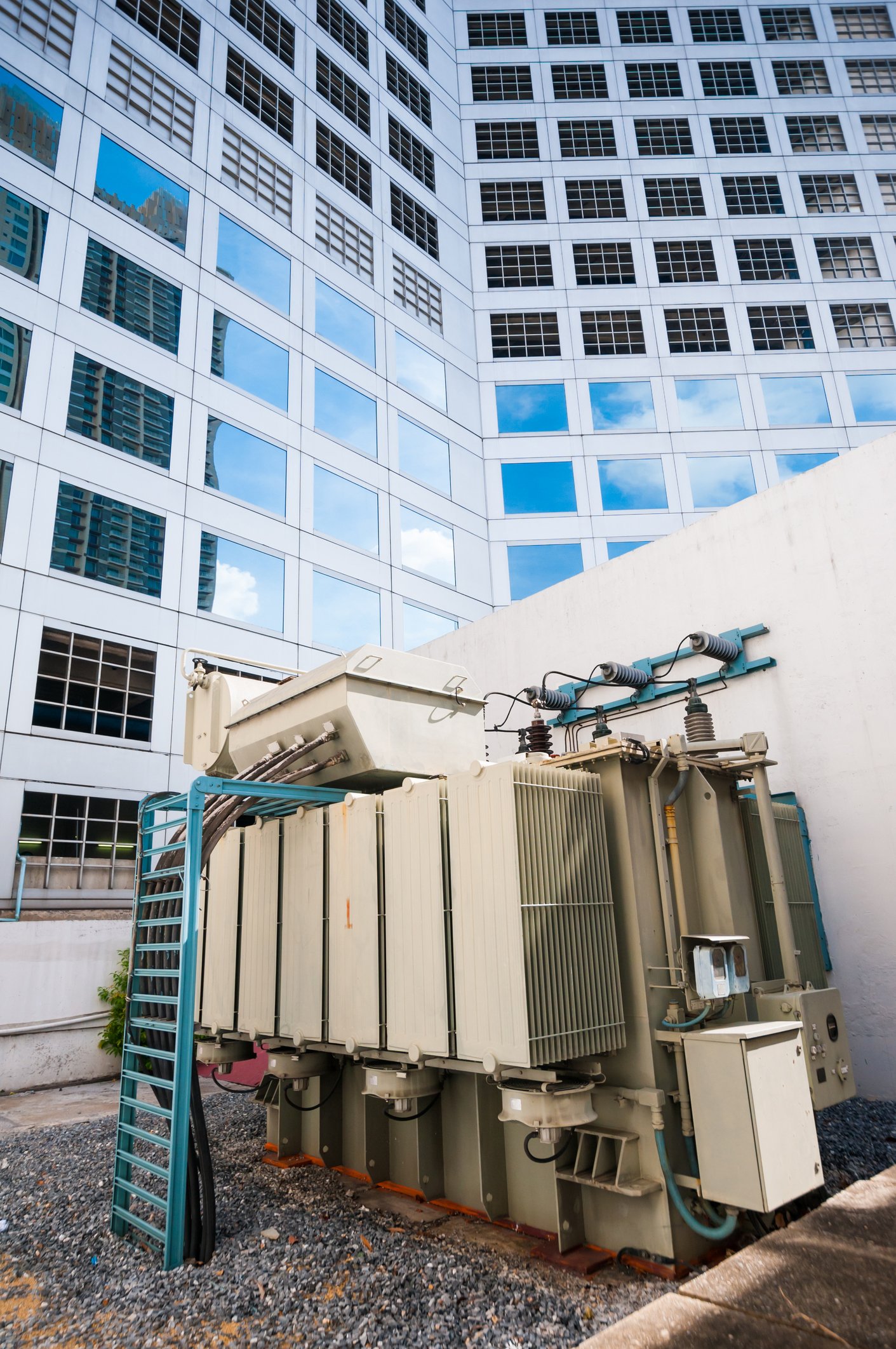A Guide to Developing a Post-Hurricane Safety Action Plan

The hurricane has passed and moved offshore. Your hurricane preparedness plan has paid off. All of your employees are marked safe and accounted for, and there appears to be minimal damage to your property. So what’s next for your business operations?
What’s next is to sit tight until your facilities manager gives the go-ahead that your property is safe and it’s okay for everyone to return to work.
After a hurricane or other disaster, the facilities manager is typically the first person back on the property and is crucial to getting everything running as it was before disaster struck. It’s their job — along with their team — to ensure the functionality, comfort, safety, sustainability, and efficiency of buildings and surrounding infrastructure.
Post-Hurricane Safety Action Plan
Just as preparing your business before the threat of a hurricane is crucial to minimizing damage and downtime, ensuring your facilities manager takes the necessary post-hurricane precautions is crucial to getting everyone back to work safely and your business up and running efficiently.
Recovering from a hurricane doesn’t happen overnight. It takes time and effort. Following these post-hurricane guidelines can help your facilities manager limit the effects of a storm, allowing you to resume normal operations more quickly.
Safety First
- Walk the perimeter of the building and look for structural damage that could make going inside unsafe. If damage has occurred, contact a building inspector or government authority to determine if it’s safe to enter.
- Look for dangling tree branches and downed power lines.
- If floodwater is present, don’t drive through it. It could be deeper than it appears, plus damaging objects could be in the water. If water touches your skin, wash the area with soap and water to kill any illness-carrying bacteria.
- If wet electrical equipment is plugged in, turn off the power at the main breaker before touching it. If water is present near the main breaker switch, call an electrician to turn off the power.
- Check carbon monoxide detectors — make sure they run on batteries if the power is out.
- Be on alert for gas leaks once the gas company restores your service.
- Always carry a reliable flashlight.
Conduct a Post-Hurricane Repair Assessment
- Take extensive notes and photos of any damage to give to your insurance providers.
- Determine who and what will be needed for any repair work.
- Contact your insurance agent and schedule repairs ASAP.
- Hire an inspector or engineer to assess for any safety concerns.
Check Utilities and Equipment
- With the power likely out, check that your backup generator is running and that you have ample fuel supply to keep the generator running for the length of time the power is expected to be out.
- To prevent carbon monoxide from entering the building, the generator should be at least 20 feet from windows or doors.
- When the building is dry and secure, restore equipment or utilities that were moved to higher ground before the storm.
Begin the Cleanup Process
- Check for mold and if found, consult a professional.
- If cleanup is handled in house, make sure you have the equipment recommended by the Centers for Disease Control and Prevention— hard hats, masks, goggles, N95-rated masks, heavy work gloves, waterproof boots with steel toe and insole, and at least two fire extinguishers.
- If you are near sewage wear rubber boots, rubber gloves, and goggles.
- So that waste removal services can pick up garbage more efficiently, separate “everyday” garbage from storm debris such as tree limbs, fencing, shingles, siding, and carpet.
- Wear insect repellant, as floodwater can attract disease-carrying mosquitoes.
Keep the Communication Channels Open
Communicate early and often, providing as much information as possible to:
- Leadership. Keep leadership informed of any damage and possible insurance claims. Any issues that may affect the bottom line should be communicated ASAP.
- Keep all employees updated on the extent of damage and the expected timelines for returning to work.
- Your vendors, suppliers, service providers, building owner, and property managers need to know how the hurricane has impacted your business. They may have been impacted also, so you need to know how that will affect your business operations.
Grade Your Plan
Assess your post-hurricane action plan and make necessary changes based on the results. When the next storm hits, your business will be even better prepared.